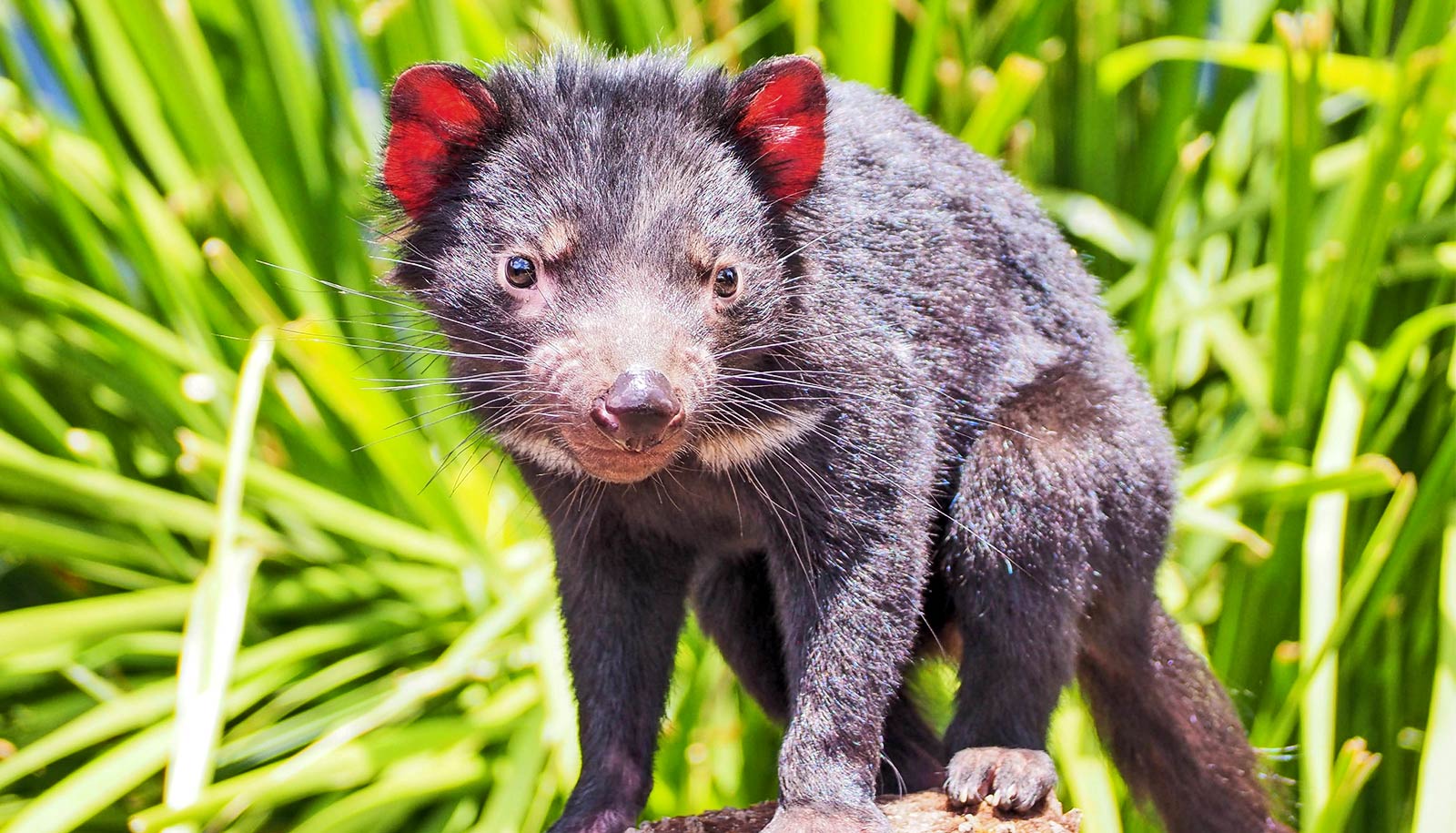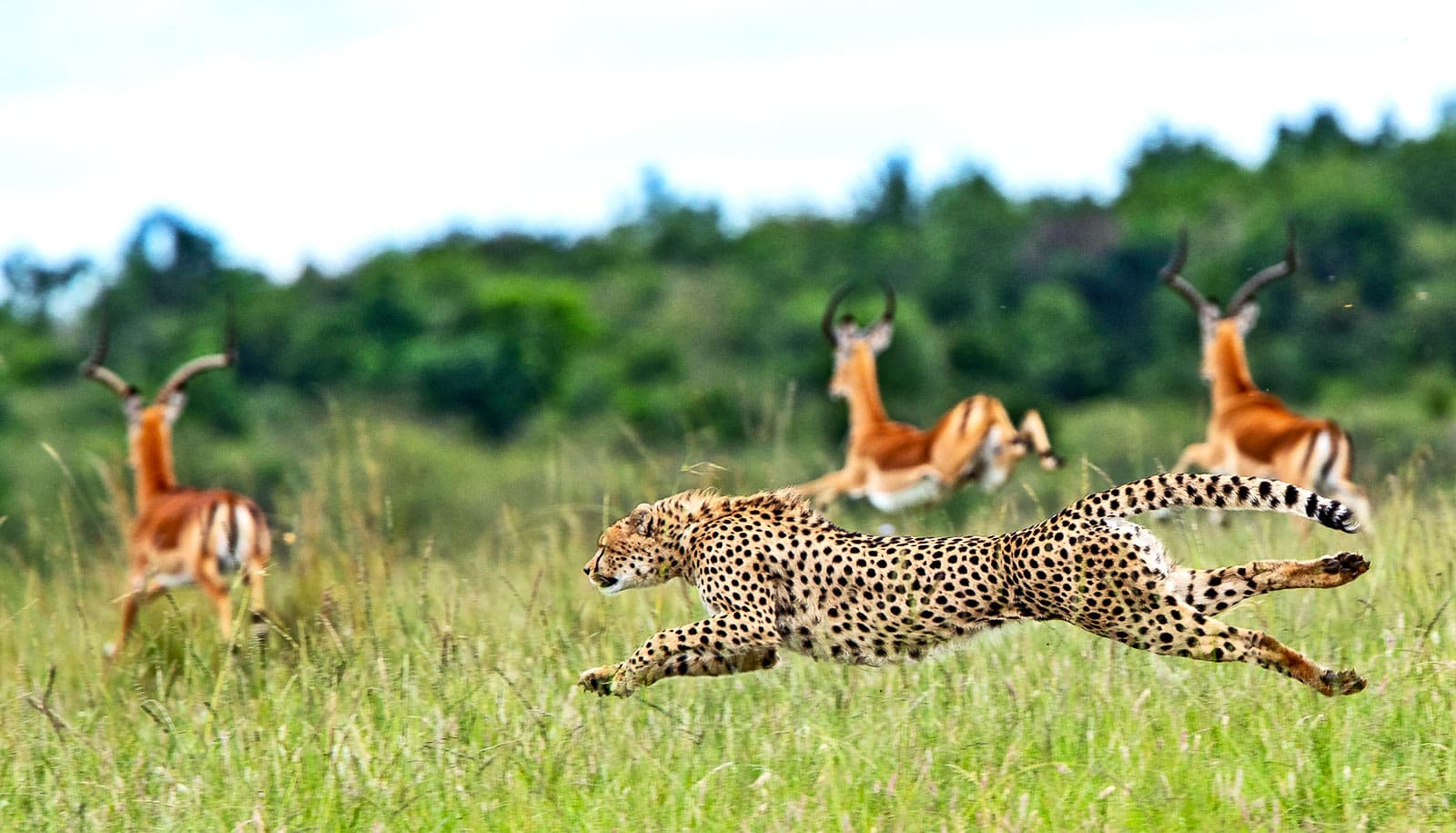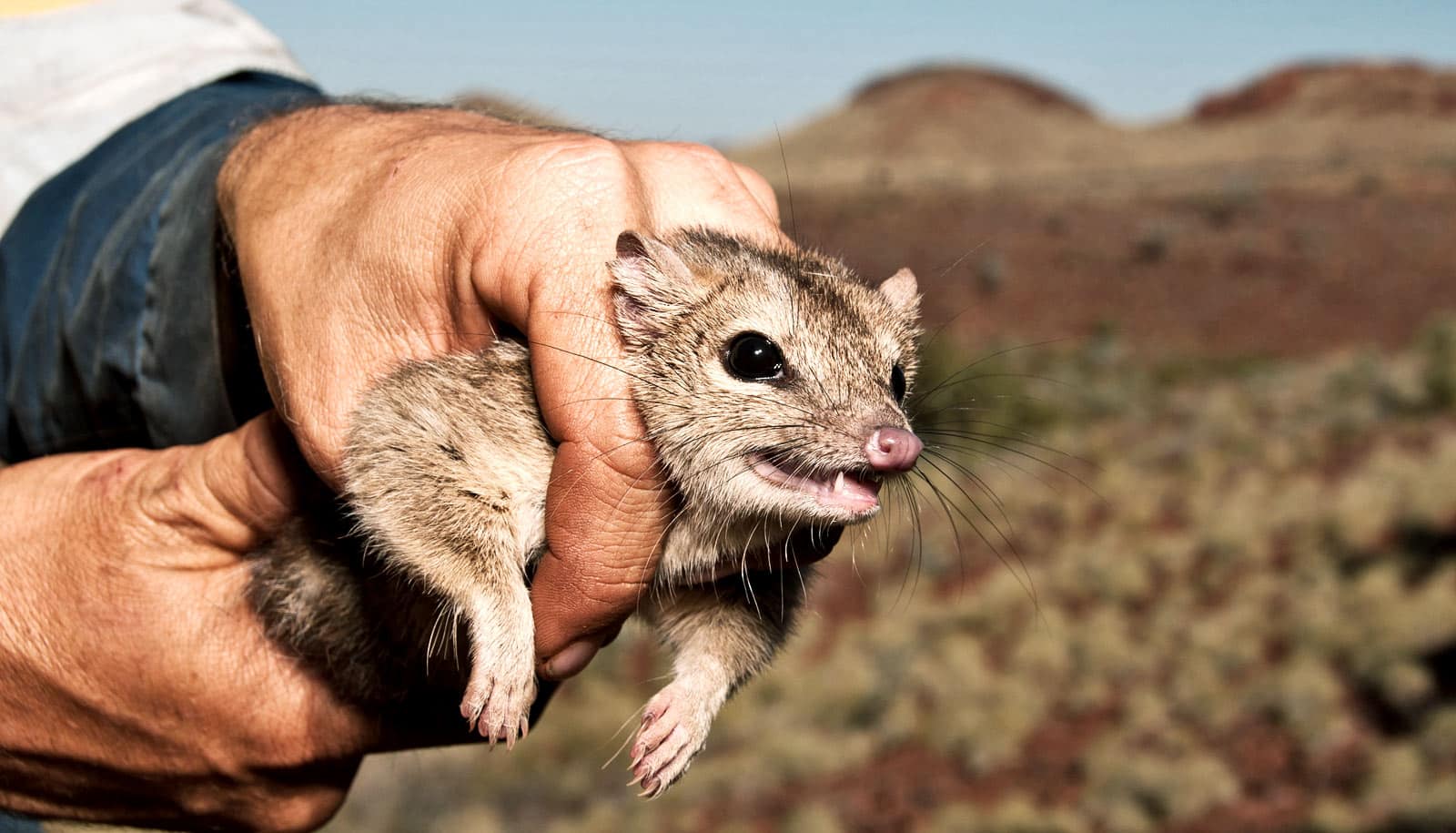Population declines in the Tasmanian devil, a top predator species, may be affecting the evolutionary genetics of a subordinate predator species, the spotted-tailed quoll, new research shows.
Top predator declines are occurring globally and have cascading ecological effects, one of which is to reduce competition and enable increased activity of subordinate mid-range predators in an ecosystem, known as mesopredators.
The Tasmanian devil population is declining owing to the transmissible devil facial tumor disease (DFTD), a rare example of an infectious cancer. This has changed the resource use and activity patterns of the spotted-tailed quoll, a mesopredator marsupial native to Australia.
It is not known whether evolutionary processes are also affected in the quolls.
For the new study in Nature Ecology & Evolution, Andrew Storfer, a researcher at Washington State University, his PhD student Marc Beer, and colleagues collected genome marker data from 345 quolls over the course of 15 generations.
They looked for evidence of genetic variation and natural selection associated with differences in DFTD prevalence and geographical location. They found that quolls in areas with similar prevalence of the disease were genetically more similar than those located in areas with different DFTD prevalence and Tasmanian devil population densities, which may indicate selective dispersal and/or selection against individuals from different environments.
The researchers also found evidence for decreased gene flow and increased population structure in quolls overall, likely resulting from reduced competition. Finally, they showed evidence of selection acting on genes for muscle development, locomotion, and feeding behavior that was linked to differences in DFTD prevalence and devil population densities.
The researchers suggest that these traits may be involved in competition between quolls and devils and therefore selected differently when devil numbers decline.
The authors conclude their “community landscape genomics” approach may be used in general to enable greater understanding of the evolutionary consequences of global predator declines.
Source: Washington State


